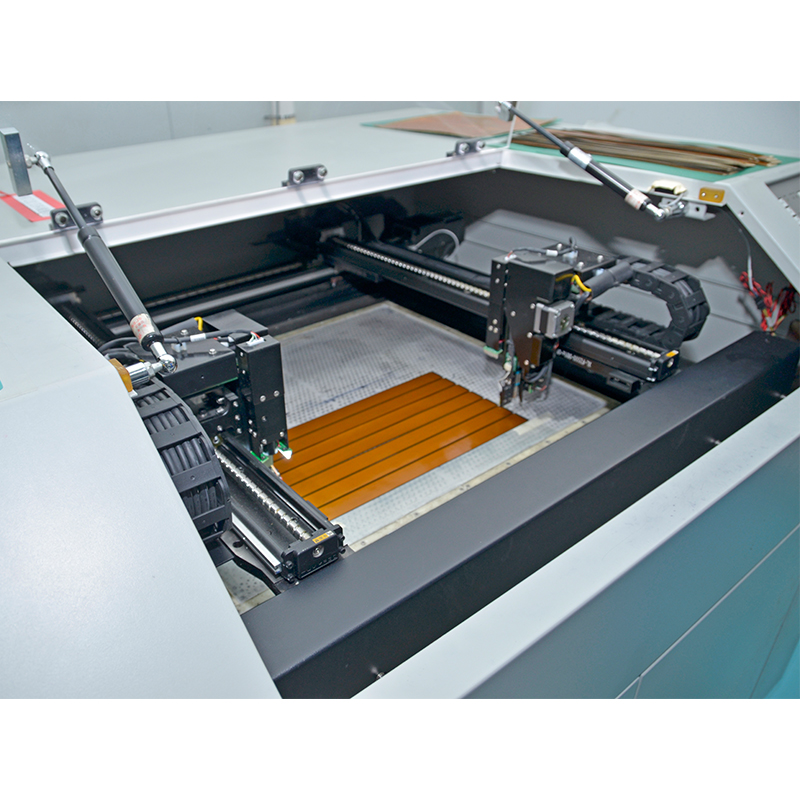Introduce:
In the field of electronics, Printed Circuit Boards (PCBs) play a fundamental role in ensuring seamless functioning of various devices. To ensure the highest levels of quality and reliability, it is crucial for PCB manufacturers to implement rigorous inspection measures throughout the manufacturing process. In this blog, we will explore the quality inspection measures used in our company’s PCB manufacturing process, focusing on our certifications and patents that reflect our commitment to excellence.
Certifications and Accreditations:
As a respected PCB manufacturer, we hold multiple certifications proving that we adhere to the highest industry standards. Our company has passed ISO 14001:2015, ISO 9001:2015 and IATF16949:2016 certification. These certifications validate our dedication to environmental management, quality management and automotive quality management systems respectively.
In addition, we are proud to have earned the UL and ROHS Marks, further emphasizing our commitment to adhering to safety standards and restrictions on hazardous substances. Being recognized by the government as a “contract-abiding and trustworthy” and “national high-tech enterprise” signifies our responsibility and innovation in the industry.
Innovation patent:
At our company, we believe in being at the forefront of technological advancements. We have obtained a total of 16 utility model patents and invention patents, demonstrating our continuous efforts to improve the quality and functionality of PCBs. These patents are a testament to our expertise and dedication to innovation, ensuring our manufacturing processes are optimized for optimal performance.
Pre-production quality inspection measures:
Quality control begins at the very beginning of the PCB manufacturing process. To ensure the highest standards, we first conduct a thorough review of our clients’ specifications and requirements. Our experienced engineering team carefully analyzes design documents and communicates with clients to clarify any ambiguities before moving forward.
Once the design is approved, we carefully inspect and select high-quality raw materials, including substrate, copper foil, and solder mask ink. Our materials undergo rigorous quality assessments to ensure compliance with industry standards such as IPC-A-600 and IPC-4101.
During the pre-production phase, we conduct design for manufacturability (DFM) analysis to identify any potential manufacturing issues and ensure optimal yield and reliability. This step also allows us to provide valuable feedback to our customers, promoting design improvements and minimizing potential quality issues.
Process quality inspection measures:
Throughout the entire manufacturing process, we employ various quality inspection measures to ensure consistent quality and reliability. These measures include:
1. Automatic Optical Inspection (AOI): Using advanced AOI systems, we conduct precise inspections of PCBs at key stages, such as after solder paste application, component placement and soldering. AOI allows us to detect defects such as welding issues, missing components and misalignments with high accuracy and efficiency.
2. X-ray inspection: For PCBs with complex structures and high density, X-ray inspection is used to find hidden defects that cannot be found by the naked eye. This non-destructive testing technology allows us to inspect solder joints, vias and inner layers for defects such as opens, shorts and voids.
3. Electrical testing: Before final assembly, we conduct comprehensive electrical testing to ensure the functionality and reliability of the PCB. These tests, including In-Circuit Testing (ICT) and functional testing, help us identify any electrical or functional issues so they can be corrected promptly.
4. Environmental testing: To ensure the durability of our PCBs under various operating conditions, we subject them to rigorous environmental testing. This includes thermal cycling, humidity testing, salt spray testing, and more. Through these tests, we evaluate PCB performance in extreme temperatures, humidity, and corrosive environments.
Postpartum quality inspection measures:
Once the manufacturing process is complete, we continue to take quality inspection measures to ensure that only the highest quality PCBs reach our customers. These measures include:
1. Visual Inspection: Our experienced quality control team conducts meticulous visual inspection to identify any cosmetic defects such as scratches, stains, or printing errors. This ensures that the final product also meets aesthetic standards.
2. Functional testing: In order to confirm the full functionality of the PCB, we use specialized testing equipment and software to conduct strict functional testing. This allows us to verify PCB performance under real-world conditions and meet our customers’ specific requirements.
In conclusion:
From the initial design stage to the final product, our company ensures unparalleled quality control measures throughout the entire PCB manufacturing process. Our certifications, including ISO 14001:2015, ISO 9001:2015 and IATF16949:2016, as well as UL and ROHS marks, underscore our commitment to environmental sustainability, quality management and compliance with safety regulations.
In addition, we have 16 utility model patents and invention patents, which reflect our persistence in innovation and continuous improvement. By using advanced quality inspection methods such as AOI, X-ray inspection, electrical testing, and environmental testing, we ensure the production of high-quality, reliable PCBs.
Choose us as your trusted PCB manufacturer and experience the assurance of uncompromising quality control and exceptional customer service.
Post time: Oct-30-2023
Back







